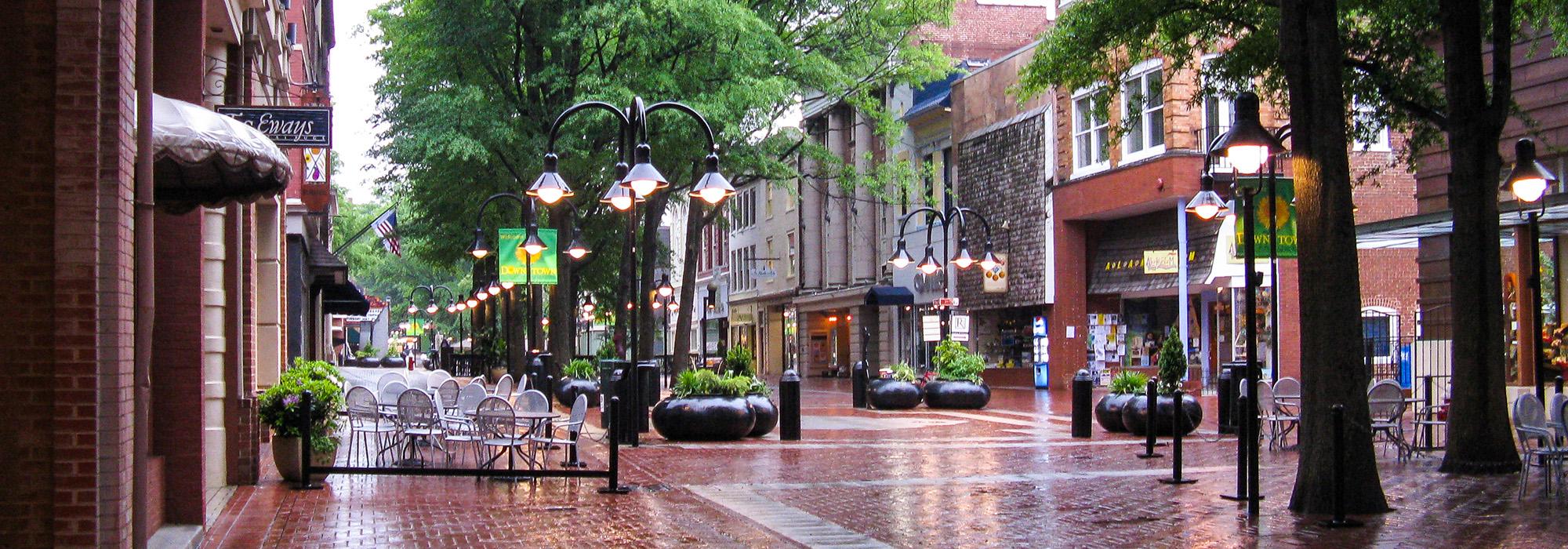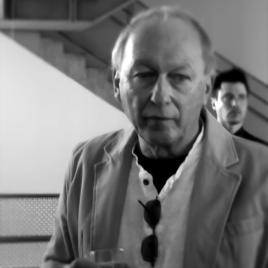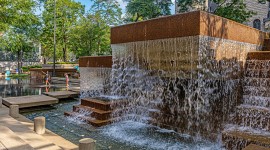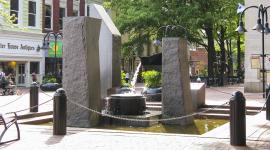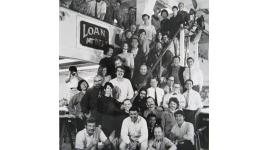Pioneer Information
Born in Yonkers, New York, Abbott earned his B.L.A. from Michigan State University in 1961 and his M.L.A. from Harvard’s Graduate School of Design in 1963. From 1962 to 1963 he worked at the landscape architecture firm Zion and Breen Associates, and then spent two years with M. Paul Friedberg and Partners, both in New York City. With the latter he worked on the design for the Spanish Pavilion at the New York World’s Fair, his first important public landscape. Abbott then taught briefly at the University of Georgia before joining the San Francisco offices of Sasaki, Walker and Associates, in 1967.
From 1969 to 1977, he worked at the New York offices of Lawrence Halprin & Associates, and was the lead designer of the Charlottesville (Virginia) Pedestrian Mall, among other projects. The mall comprises a simple palette of brick pavers, with clean lines, stone accents, fountains, and oversized iron planters, where staggered bosques of trees encourage pedestrians to adjust to several axes in an otherwise linear space. The design reflects Abbott’s longstanding interest in movement as a means to achieve a sense of place, also evident in his work (while with Lawrence Halprin & Associates) on the Franklin Delano Roosevelt Memorial in Washington, D.C. He taught at the University of Minnesota from 1977 to 1980, and then joined Clarke & Rapauno (through 1988), producing a competition-winning redesign of Boston’s Copley Square. He returned to the University of Minnesota from 1995 to 2011, and remains a part-time instructor in its College of Design.



